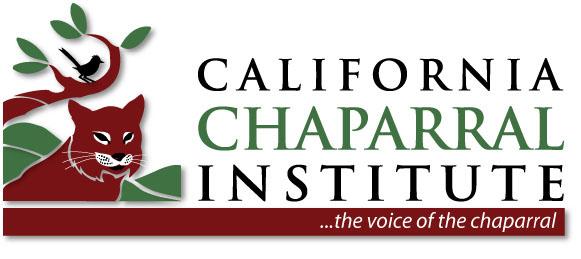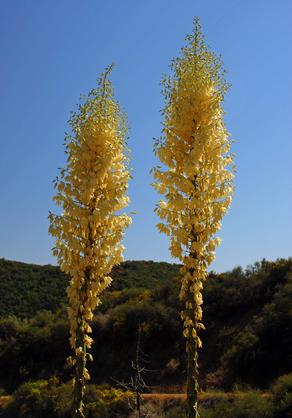Chaparral Institute has written several reports on how to reduce wildfire damage. The report sent to Governor Jerry Brown is here, Chaparral Wildfire.
More information is quoted below. Check the website for additional information.
|
The Basics on Fire in the Chaparral
1. The natural fire return interval for chaparral is 30 to 150 years or more. Today, there are more fires than the chaparral ecosystem can tolerate – see #2 below). 2. Fires more than once every 20 years, or during the cool season by prescribed fire, can eliminate chaparral by first reducing its biodiversity through the loss of fire-sensitive species, then byconverting it to non-native weedlands (called type-conversion). 3. Being dense, impenetrable, and prone to infrequent, large, high-intensity wildfires is the natural condition of chaparral. It’s not the fault of past fire suppression, poor land management, “unnatural” amounts of vegetation, or environmental laws as some claim. 4. The age and density of chaparral has little to do with the occurrence of such large fires. Large fires in California shrublands are driven primarily by weather, such as Santa Ana winds, sundowner winds, and multi-year droughts. 5. Chaparral has a high-intensity, crown fire regime, meaning when a fire burns, it burns everything, frequently leaving behind an ashen landscape. This is in contrast to a “surface fire regime” found in dry Ponderosa pine forests in the American Southwest where fires mostly burn the understory and only char the tree trunks rather than getting into the tree tops (crowns). 6. Native Americans did burn the landscape for various purposes in the past. In fact, some of their burning practices likely eliminated native shrublands in some areas (like the Central Coast) through type-conversion (see #2 above). However, their burning activity did not prevent the occurrence of large, infrequent, high-intensity chaparral fires. Such fires have always been a natural and inevitable part of the landscape. |
|
Fire and Chaparral – it’s probably not what you think Contrary to what you may have heard, fire is causing severe damage to the chaparral ecosystem today. This is because there are too many fires due to human activity. This increase in fire frequency is threatenting the chaparral with type-conversion, whereby native species
are replaced by highly flammable, non-native weeds. |



